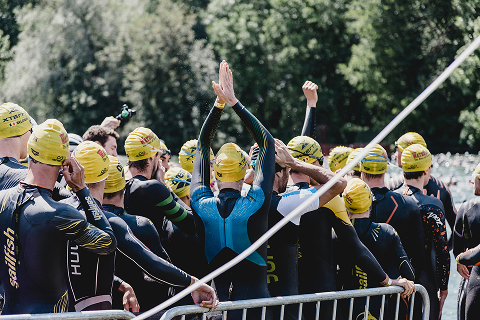My first triathlon: where to start?
Have you decided to take on the challenge of your first triathlon? Congratulations! You’re about to discover an exciting sport, supported by a close-knit community where fun, challenge and sharing are at the heart of the experience. We’re here to support you, with the essentials to help you prepare, progress and experience a first race that’s as motivating as it is rewarding.
Good preparation, and above all, enjoy every step of the way!
What is triathlon?
Triathlon is the combination of three popular sports: swimming, cycling and running, over distances that vary according to a number of factors, including the age of the participants.
Participants first swim a set distance in a body of water or pool, complete a bike course, then finish the event with a run. The time between each event – known as the “transition” – is also counted as part of the race, creating a continuous competition.
What you need
- Triathlon or swimsuit and sportswear covering the torso
- Isothermal suit (temperature permitting)
- Swimming goggles (optional, but strongly recommended)
- Bathing helmet provided by the organization
- Bike in good condition (check brakes and tires)
- Bicycle helmet in good condition and properly fitted
- Bike shoes (if applicable)
- Sports/running shoes
- Bib belt (optional, but strongly recommended)
- Bib number (and pins if not using a bib belt)
- Food, water, drinks with electrolytes as required
- Other: cap, sun cream, sunglasses, socks, towel, etc.
Events to familiarize you with triathlon disciplines
Getting started in triathlon may seem daunting, but many events are specially designed to help you prepare smoothly.
Whether it’s supervised training sessions, discovery days or accessible races, these opportunities allow you to try out each discipline in a friendly atmosphere. You can progress at your own pace, meet other enthusiasts and benefit from the advice of experienced triathletes.
How a triathlon works
Days before the event
1
Preparing for a triathlon starts several days before the start. Take the time to read the athlete’s guide, study the courses and understand the rules. This is also the ideal time to check your equipment, prepare your bag and establish a nutrition and hydration strategy.
A good watchword: anticipate. It’s better to check off your list of essentials in advance than to run to the last minute!
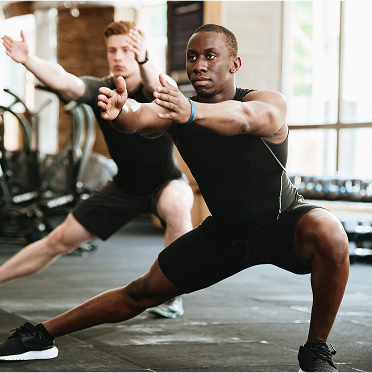
On arrival at the site
2
Arrive early – between 60 and 90 minutes before the start. This gives you time to collect your kit, make the markings and, above all, set up your transition zone. Bring only what you need for the race, and place your equipment strategically.
Also, take a few minutes to scout out the area, visualize your movements, and attend the race meeting. It reduces stress and increases your chances of performing.
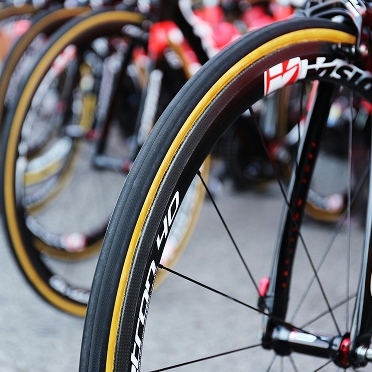
Swimming
3
The first segment of the triathlon, swimming can take place in the pool or in open water, depending on the event. Familiarize yourself with the type of start (beach, dock, interval…) and remember that the crawl is the most efficient stroke, but not compulsory.
In open water, keep an eye on your direction. Technique counts, but keeping calm makes all the difference. And above all: respect the rules to avoid penalties.
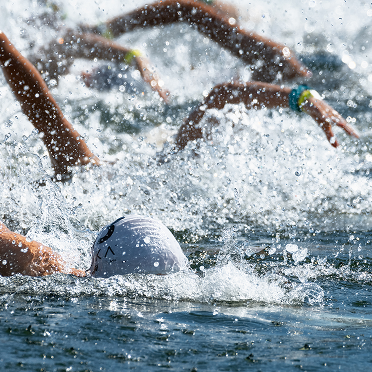
T1 - Transition swimming → cycling
4
Once you’ve finished swimming, head for the transition area. Remove your swimming gear on the way, then deposit it in your space. Put on your helmet before touching your bike – it’s mandatory.
Get dressed quickly, grab your bike and head for the boarding line. That’s where the second effort begins.
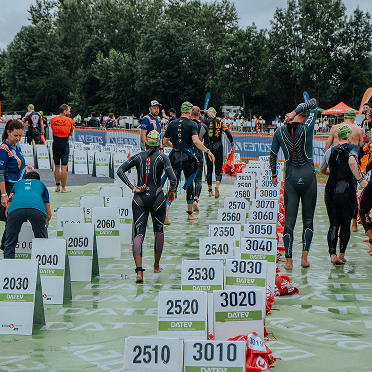
the bike
5
The bike segment requires concentration, rhythm and respect for distances. As a general rule, you are not allowed to ride through the course: you must maintain a minimum distance depending on the length of the event.
Keep an eye on your position, the course and your pace. No outside help is allowed, but your mind is your best ally.
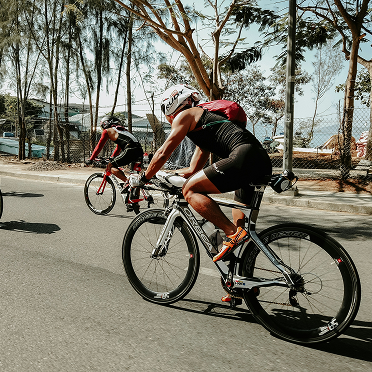
T2 - Transition bike → run
6
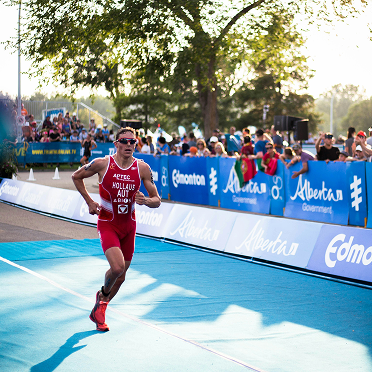
Running
7
Last effort! Keep your pace and rely on consistency. No headphones or scraps on the course: follow the rules to finish strong.
The finish line is near. Visualize it, breathe, and give it all you’ve got!
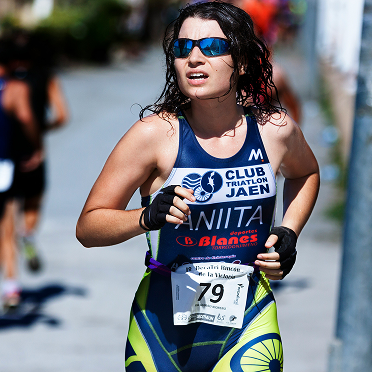
The finish wire
8
Your triathlon ends when your torso crosses the line. For your performance to be valid, you must finish alone, without outside help or voluntary contact with other athletes.
This is your moment. Savor every second!

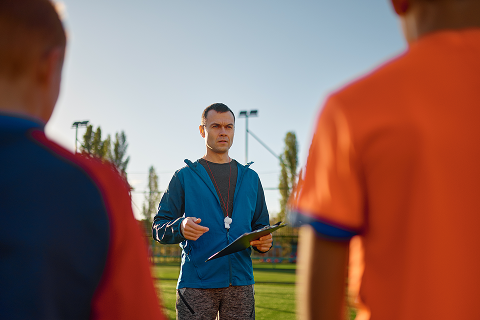
Find a coach
Find the one who will lead you to your goals!
